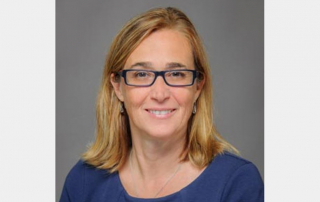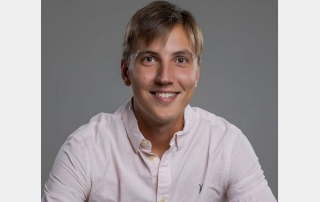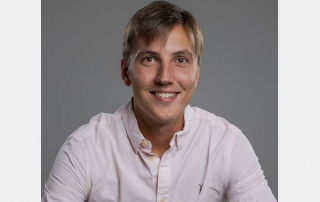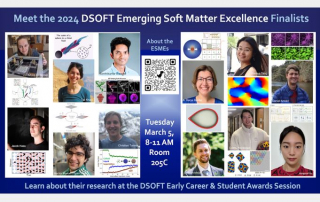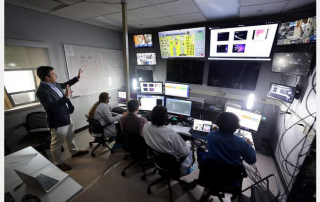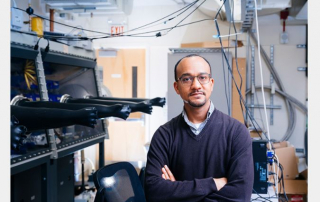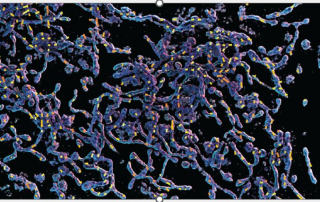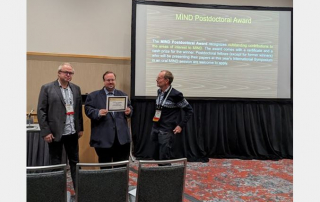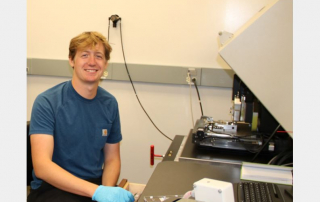Congrats to Jessica Ramella-Roman for Being Recognized as an SPIE Community Champion in 2019 and 2020
Prof. Jessica Ramella-Roman has been recognized as an SPIE Community Champion for her outstanding volunteerism with the Society in 2019 and 2020.
The distinction is awarded to SPIE members to recognize their commitment to SPIE, its mission, and the broader optics and photonics community.
SPIE is the international society for optics and photonics, an educational not-for-profit organization founded in 1955 to advance light-bsed science, engineering, and technology. The society serves 257,000 constituents from 173 countries, offering conference and their published proceedings, continuing education, books, journals, and the SPIE Digital Library.
